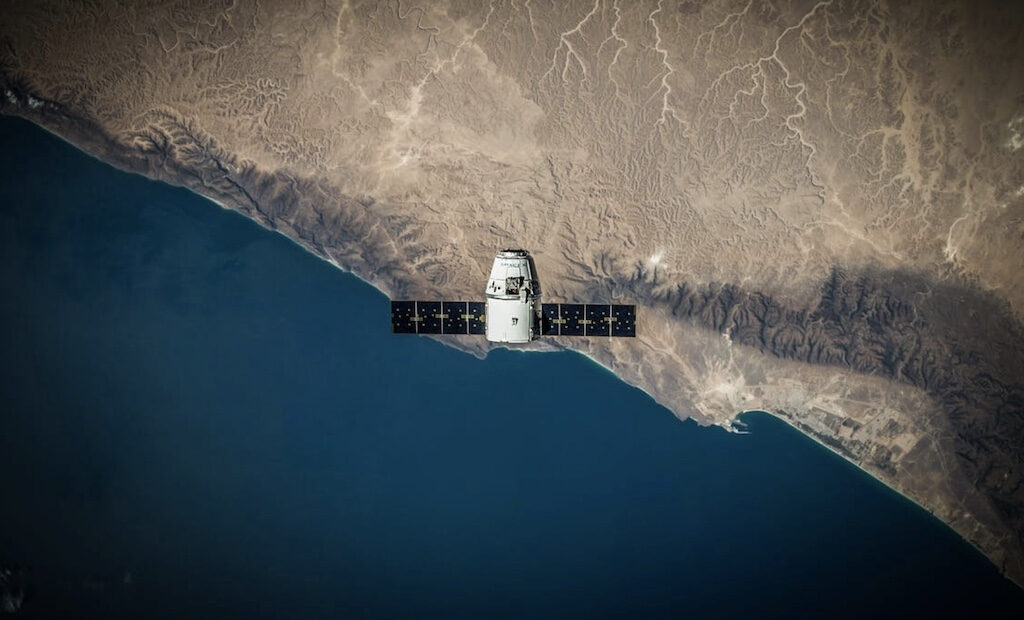AI technologies for climate action

While the global pandemic has led to both the healthcare system and economic crises, we cannot forget about another acute issue that humanity still faces. And that is climate change. The lockdown only proved that isolation and reduced production is still not enough to impact the environmental crisis. Even despite a noticeable reduction in CO2 emission during quarantine, it’s still way above the norm. One way to tackle this issue is to seek help from modern technology.
For instance, AI technology offers data, algorithms, and sensing devices to help scientists with detecting, monitoring, analysing and making accurate decisions when battling climate change and its consequences, including not only carbon emission but much more. In this article, we will explain how exactly it works and via what instruments.
Climate monitoring with satellites
Meteorological satellites are one of the main tools when it comes to forecasting extreme weather events. And a satellite map overall can be an endless source of valuable information.
Analysing satellite imagery by applying different AI algorithms, we can use it to monitor climate change and make effective decisions to mitigate its impact on both wildlife and communities.
Satellite data is precious for documenting historical environmental changes, including the change of sea level, atmospheric content, temperature changes, and more. Currently, over 150 satellites circle the Earth with the particular purpose of measuring different global warming indicators, analysing critical climate variables that can be fully captured from space only.
And with technologies like AI, IoT, and Space 2.0 systems (space technologies developed after the year 2000), satellites can contribute to climate action even more. The significant role of these technologies lies in helping to slow down global warming. And the more advanced space technologies and data analysis become, the more reliable and precise satellite monitoring gets.
A great example would be the ICESat-2 (Ice, Cloud and land Elevation Satellite-2) that NASA launched in 2018. Although its predecessor was already able to show the thinning of sea ice and the disappearing ice cover in the Arctic, the latest satellite was designed to provide even more data on the ice cover changes throughout the year. Enabling precision up to 85 centimetres, this satellite could greatly enhance sea-level rise, climate, and global weather changes predictions.
AI to reduce carbon emissions
One way in which AI technology can help humanity in reducing carbon emissions is by optimising the existing systems. AI experts and climate researchers can work together to see how exactly AI can assist in different areas: transportation, electricity systems, construction, agriculture, etc. Take electricity systems as an example. They account for almost half of the global carbon emissions. One solution to change this situation could be preventing the building of new coal plants. And there are already AI-powered tools that allow for monitoring coal plants emissions by leveraging satellite data. Analysing satellite imagery with a particular algorithm, such tools pull out information on carbon emissions and the source that causes air pollution. Besides, the data on emissions from thousands of power plants can be stored in a huge public data bank to ensure global awareness in tackling the issue.
Adjusting to climate change with AI
Despite the variety of innovations developed for fighting climate change, there is still no substantial progress. The reason for that could be the constantly growing global demand for energy resources. That is why it’s no less critical to learn how to navigate within climate change and its environmental impact that cannot be undone. Luckily, AI aids in this process too. Here are some examples of startups designed particularly for this purpose.
- GreenAdapt. AI-powered software that identifies the impact of local climatic changes and proposes the most effective adaptation measures.
- Gridcure. The tool for almost instant analytics and insights on energy and utilities that aid power companies to operate more efficiently through reducing energy waste and integrating clean technologies.
- Zuli. This is a smart plug with built-in sensors that estimate energy usage for its easier management.
All these examples mentioned above are only a preview to what AI technology can do for climate action. It has become one of the biggest levers we can pull when searching for help in fighting global climate change. Collaborating with climate researchers, engineers, and governments, AI experts keep offering new effective solutions based on collective knowledge.
The editorial unit























Facebook
Twitter
Instagram
YouTube
RSS